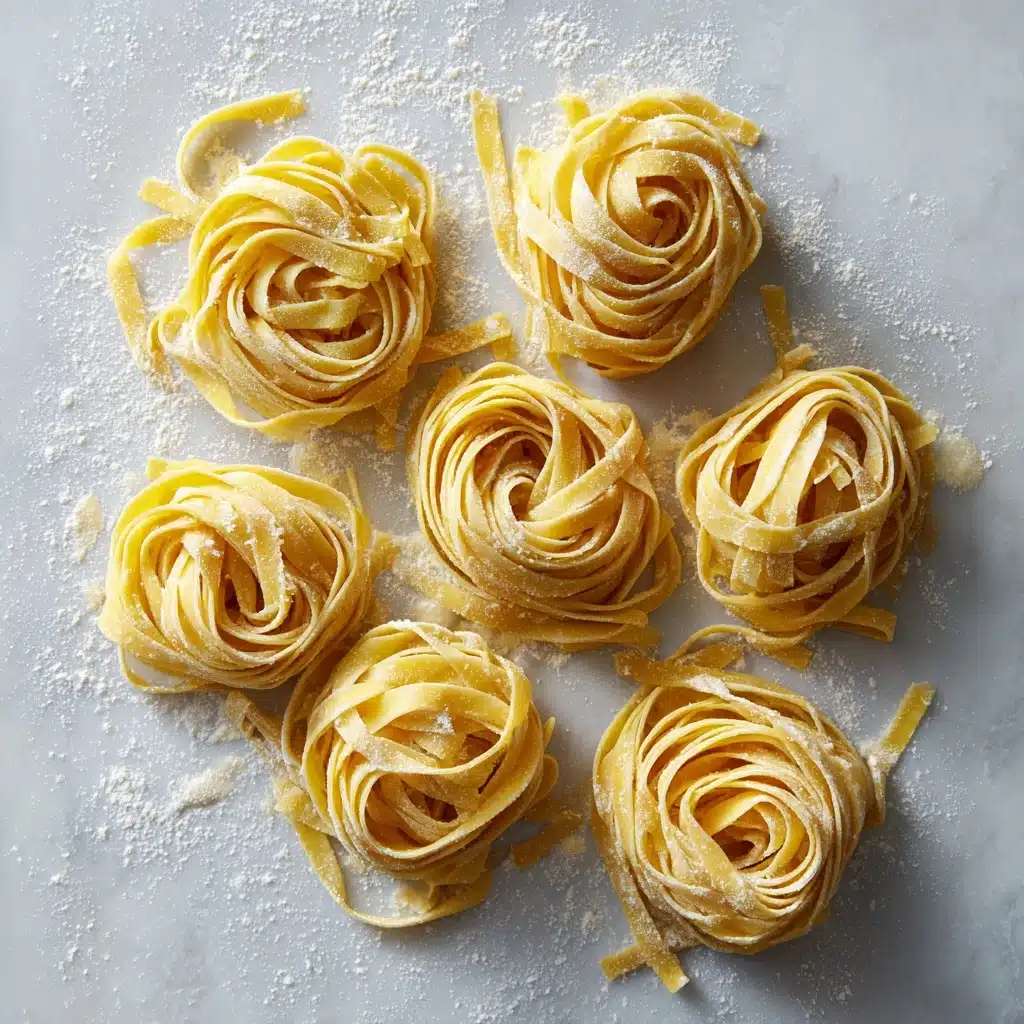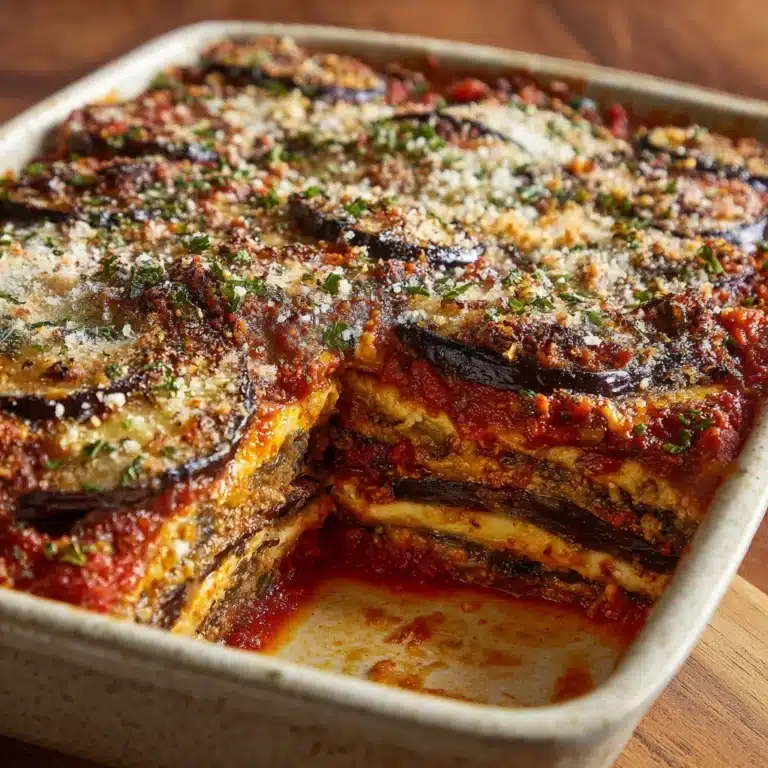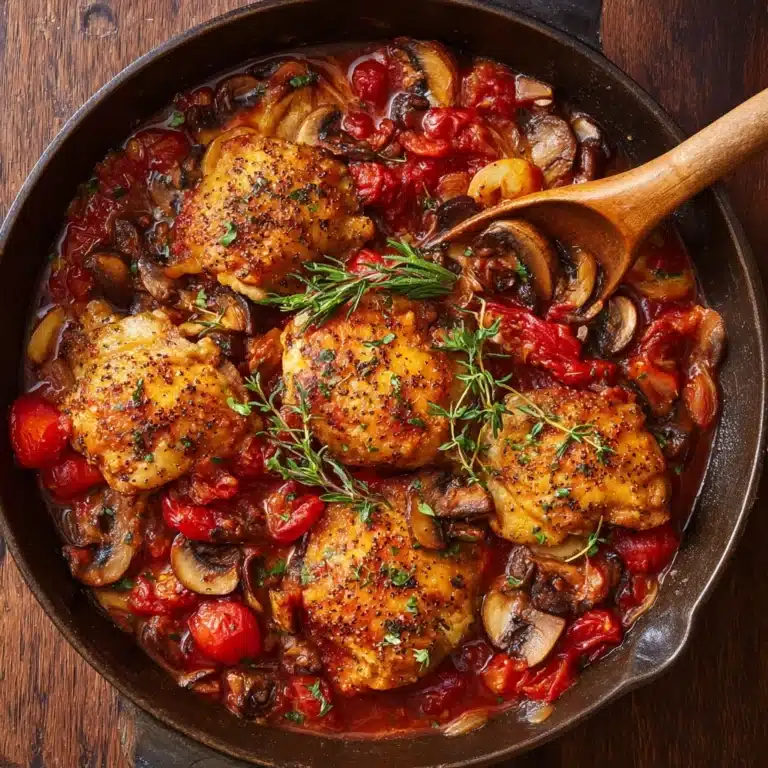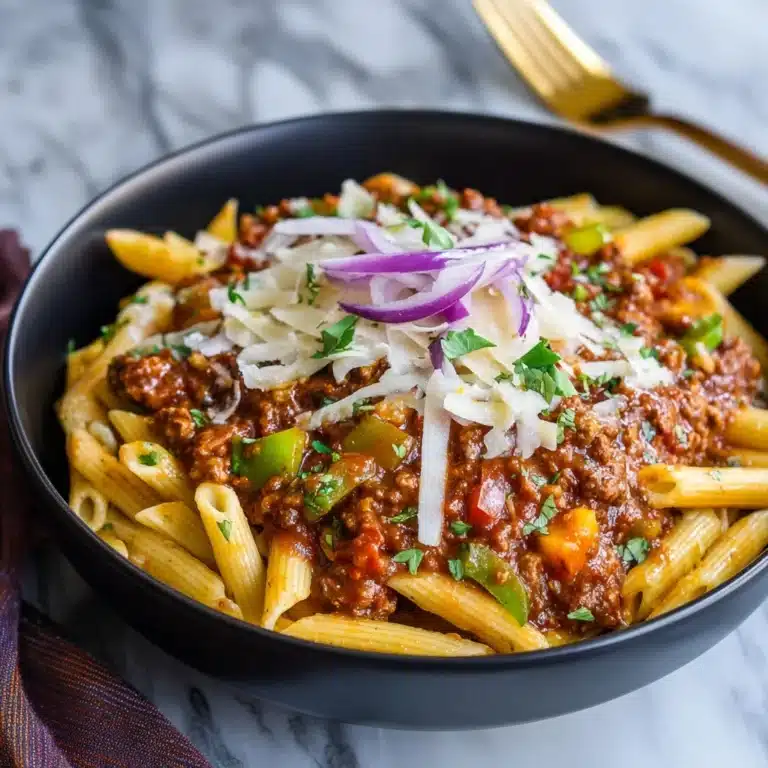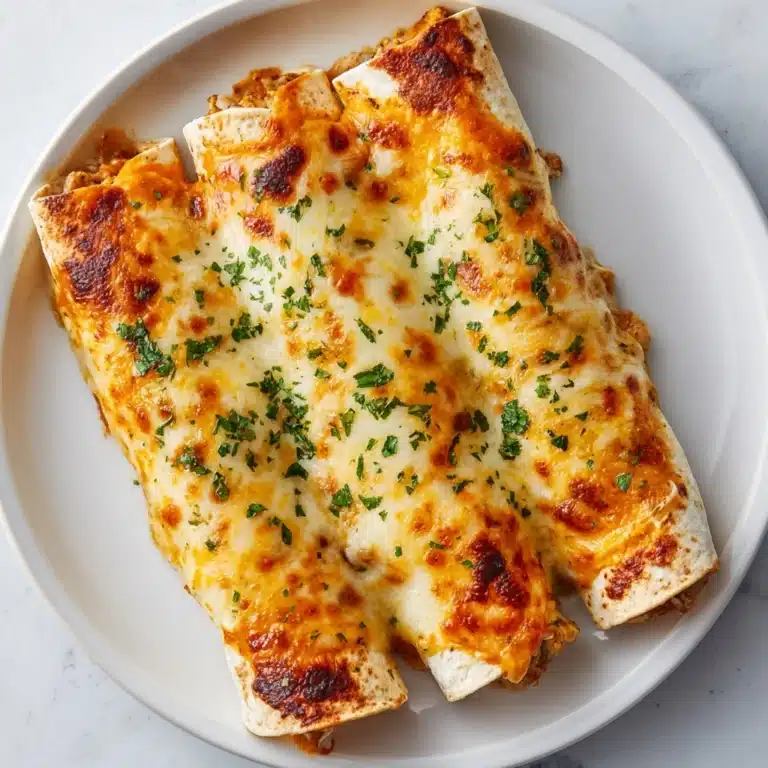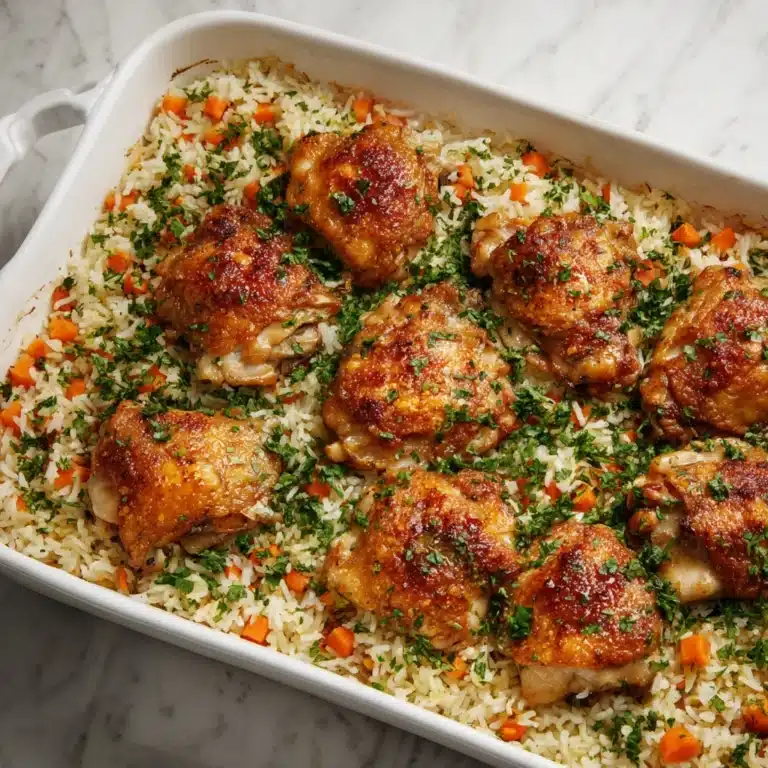There’s something truly magical about gathering just a handful of simple ingredients and transforming them into a plate of tender, silky Homemade Pasta Noodles. Their pillowy texture and wholesome flavor completely outshine anything store-bought, and the process itself feels deliciously satisfying. Whether you’re craving classic Italian comfort or excited to experiment with flavors and shapes, this is one recipe that invites making memories in the kitchen—all while savoring the unmistakable taste of fresh, made-from-scratch noodles.
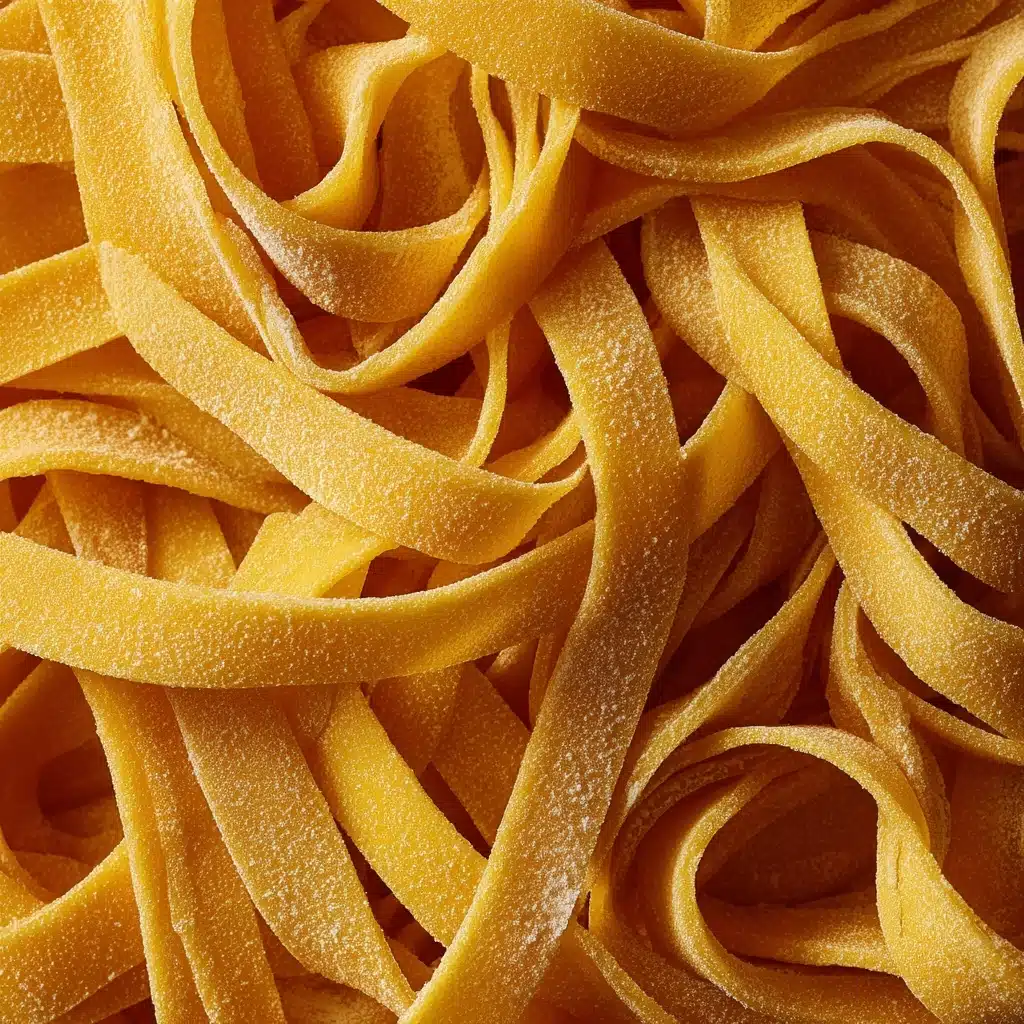
Ingredients You’ll Need
Homemade Pasta Noodles aren’t fussy, but each ingredient plays a starring role. Every component is key to creating that silky bite, golden color, and just-right chewiness that sets fresh noodles apart from the rest.
- All-purpose flour: The sturdy backbone of the dough, it creates that ideal tender-yet-toothsome bite in your noodles.
- Large eggs: These add richness, gorgeous color, and help bind the dough together, making it easy to work with.
- Salt: A pinch brings the eggs and flour to life, seasoning your pasta from the inside out.
- Olive oil (optional): Gives the dough a supple, slightly silky feel, and adds a subtle hint of flavor.
- Extra flour for dusting: Keeps each noodle separated and prevents sticking during rolling and cutting.
How to Make Homemade Pasta Noodles
Step 1: Make a Flour Well
Start by mounding your flour onto a big, clean surface or into a spacious bowl. Use your fingers to create a deep well in the center—that’s where your eggs, salt, and olive oil (if you’re using it) will settle. This old-school technique keeps the wet ingredients contained while you begin mixing, making life much less messy for first-timers.
Step 2: Add the Eggs, Salt, and Olive Oil
Crack three large eggs right into the well. Sprinkle in your salt and pour in the olive oil. Gently whisk the eggs with a fork, gradually pulling in a little flour from the edges as you go. Keep working in more flour with each turn of your fork, and soon you’ll see the magic start to happen: silky ribbons of dough forming right before your eyes.
Step 3: Knead the Dough
When the mixture gets too stiff for the fork, switch to using your hands. Begin kneading, folding the dough over itself, pressing it down, then turning. If things get sticky, just dust your hands and the surface with extra flour. After roughly 8 to 10 minutes, you’ll have a smooth, elastic ball—it should feel playdough-soft but not tacky. This step is key to developing the gluten, which gives Homemade Pasta Noodles their signature bite and chewiness.
Step 4: Let the Dough Rest
Wrap your dough in plastic wrap and let it sit at room temperature for 30 minutes. This rest allows the gluten to relax (so the dough rolls out easily) and ensures a silky texture in every bite. It’s a perfect time to tidy up or get your sauce ingredients ready!
Step 5: Roll and Cut the Pasta
Unwrap the rested dough and cut it into 2 or 4 pieces—smaller portions make rolling easier. Working with one section at a time (keep the others wrapped), roll the dough out with a rolling pin or feed it through a pasta machine until it’s your desired thinness, usually about 1–2 millimeters thick. Then, dust lightly with flour and slice into your favorite shapes: fettuccine, tagliatelle, or even wide lasagna sheets.
Step 6: Cook or Dry the Noodles
For that just-cooked taste and bouncy texture, simmer Homemade Pasta Noodles in a big pot of boiling, salted water. Fresh pasta cooks fast—just 2 to 3 minutes is plenty! If you want to store them instead, dust with a little more flour and spread them out to dry on a rack or baking sheet. Either way, you’re only moments away from an absolute treat.
How to Serve Homemade Pasta Noodles
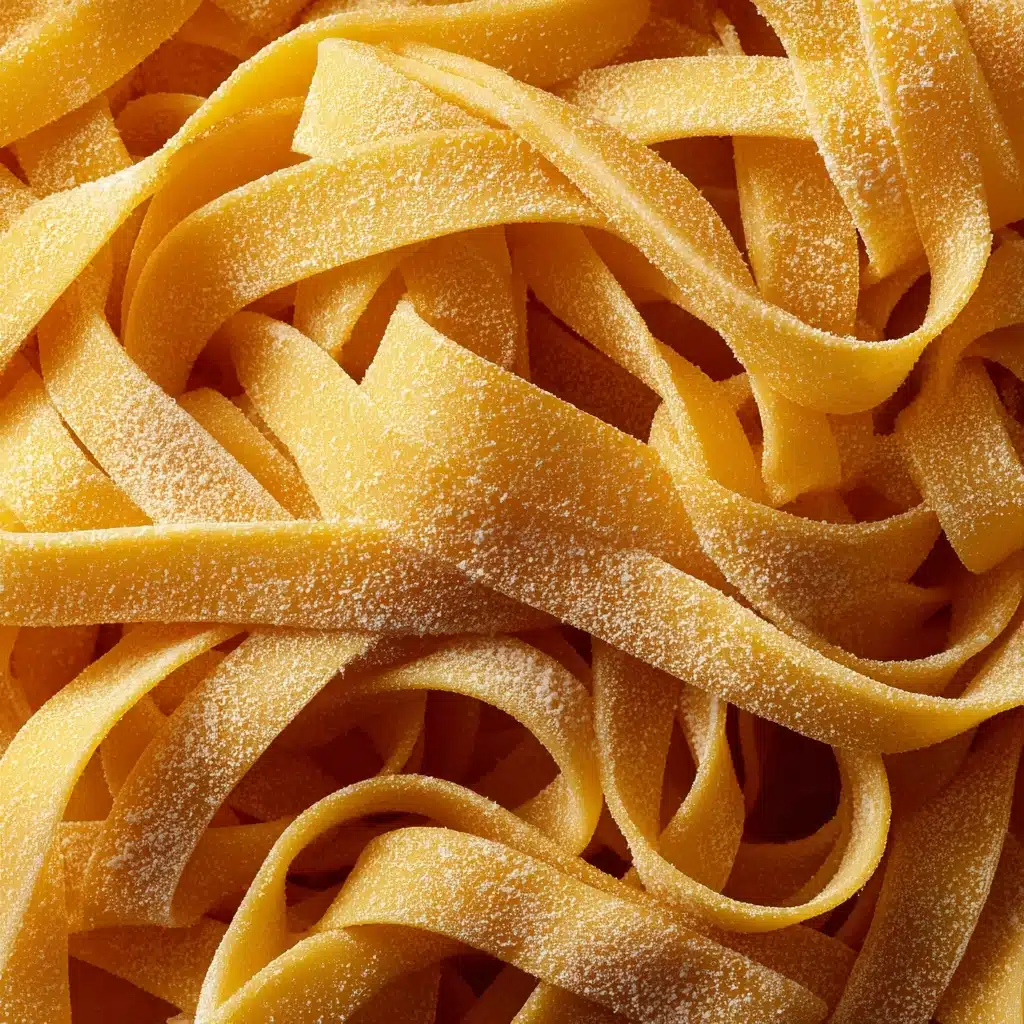
Garnishes
Top your noodles simply with a drizzle of olive oil, a shower of freshly grated Parmesan, and perhaps a sprinkle of chopped basil or parsley. Sometimes, just a few curls of lemon zest or some cracked black pepper are all you need to elevate Homemade Pasta Noodles into something spectacular.
Side Dishes
A loaf of rustic bread is perfect for mopping up any extra sauce, while a crisp, lemony green salad offers a refreshing counterpoint to the rich, eggy pasta. Roasted veggies or grilled asparagus also make fantastic, colorful sides that pair beautifully with the noodles.
Creative Ways to Present
If you’re feeling playful, try twirling nests of pasta on each plate, or stack lasagna sheets between layers of roasted veggies and creamy béchamel. You can also fill the noodles with ricotta and herbs to make homemade ravioli, or serve tossed with seasonal mushrooms and a drizzle of truffle oil for an extra-special meal.
Make Ahead and Storage
Storing Leftovers
If you’ve made extra Homemade Pasta Noodles (lucky you!), let them cool, then toss lightly with a smidgen of olive oil to prevent sticking. Store in an airtight container in the fridge for up to 2 days—freshness is truly on your side here.
Freezing
To freeze, dust the uncooked noodles generously with flour, then arrange them in loose nests on a baking sheet. Freeze until solid, and then transfer to a zipper-top freezer bag. They’ll keep beautifully for up to 2 months. When a pasta craving hits, just drop the frozen noodles straight into boiling water—no need to thaw.
Reheating
To reheat cooked Homemade Pasta Noodles, simply drop them into simmering water for about 30 seconds, or toss them directly into a warmed skillet with your favorite sauce until heated through. This will revive their texture and ensure they don’t dry out.
FAQs
Can I use only egg yolks for a richer dough?
Absolutely! Swapping some or all whole eggs for egg yolks results in an even silkier, more luxurious Homemade Pasta Noodles, though they’ll be richer and slightly harder to work with. Adjust flour as needed to get that perfect dough consistency.
What if I don’t have a pasta machine?
No worries at all! A sturdy rolling pin and a bit of arm power work wonderfully. Roll the dough as thinly as you can, then use a sharp knife or pizza cutter to slice your Homemade Pasta Noodles to your desired width.
Can I mix flours for different textures?
Certainly! Combining all-purpose flour with semolina gives a subtler bite and firmer texture. Feel free to experiment until you find your personal favorite balance—the possibilities are endless when making Homemade Pasta Noodles.
How do I prevent the noodles from sticking together?
Use extra flour for dusting when rolling and cutting, and if you plan to store or freeze the noodles, toss them gently with a bit more flour before nesting or spreading them out. This will keep your Homemade Pasta Noodles perfectly separated and ready for cooking.
Do I need to dry the pasta before cooking?
Nope! Fresh pasta cooks up tender and delicious right after cutting. However, you can let them air dry for an hour or two if you need to prep ahead—it slightly firms up the noodles but doesn’t affect the wonderful flavor or texture.
Final Thoughts
If you’ve never tasted the difference homemade makes, now is the perfect time to roll up your sleeves and dive in. The experience of crafting your own Homemade Pasta Noodles is rewarding, delicious, and surprisingly therapeutic. I hope you give this classic recipe a go—your kitchen will smell amazing and your table will be filled with smiles. Happy pasta making!
Print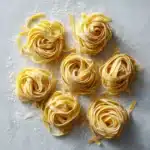
Homemade Pasta Noodles Recipe
- Total Time: 48 minutes
- Yield: 4 servings 1x
- Diet: Vegetarian
Description
Learn how to make delicious homemade pasta noodles from scratch with this easy recipe. With just a few simple ingredients, you can create fresh and flavorful pasta that will elevate any dish.
Ingredients
Dough:
- 2 cups all-purpose flour
- 3 large eggs
- ½ teaspoon salt
- 1 tablespoon olive oil (optional)
- extra flour for dusting
Instructions
- Prepare the Dough: On a clean surface or in a large bowl, mound the flour and make a well in the center. Crack the eggs into the well, add the salt and olive oil (if using), and begin whisking the eggs with a fork, gradually incorporating the flour from the edges.
- Once the dough starts to come together, use your hands to knead it into a smooth, elastic ball, about 8 to 10 minutes. If the dough is too sticky, sprinkle with more flour as needed.
- Wrap the dough in plastic wrap and let it rest at room temperature for 30 minutes.
- After resting, divide the dough into 2 or 4 portions and roll each out with a rolling pin or pasta machine to your desired thickness.
- Cut into desired shapes—fettuccine, tagliatelle, or even lasagna sheets. Dust noodles lightly with flour and either cook immediately in boiling salted water for 2 to 3 minutes or dry for later use.
Notes
- You can use semolina flour or a mix of all-purpose and semolina for a firmer texture.
- Dough can be refrigerated for up to 24 hours or frozen for longer storage.
- Prep Time: 15 minutes (plus resting time)
- Cook Time: 3 minutes
- Category: Main Course
- Method: Stovetop
- Cuisine: Italian
Nutrition
- Serving Size: About 1 cup cooked
- Calories: 220
- Sugar: 1g
- Sodium: 120mg
- Fat: 5g
- Saturated Fat: 1g
- Unsaturated Fat: 3g
- Trans Fat: 0g
- Carbohydrates: 34g
- Fiber: 1g
- Protein: 8g
- Cholesterol: 140mg
